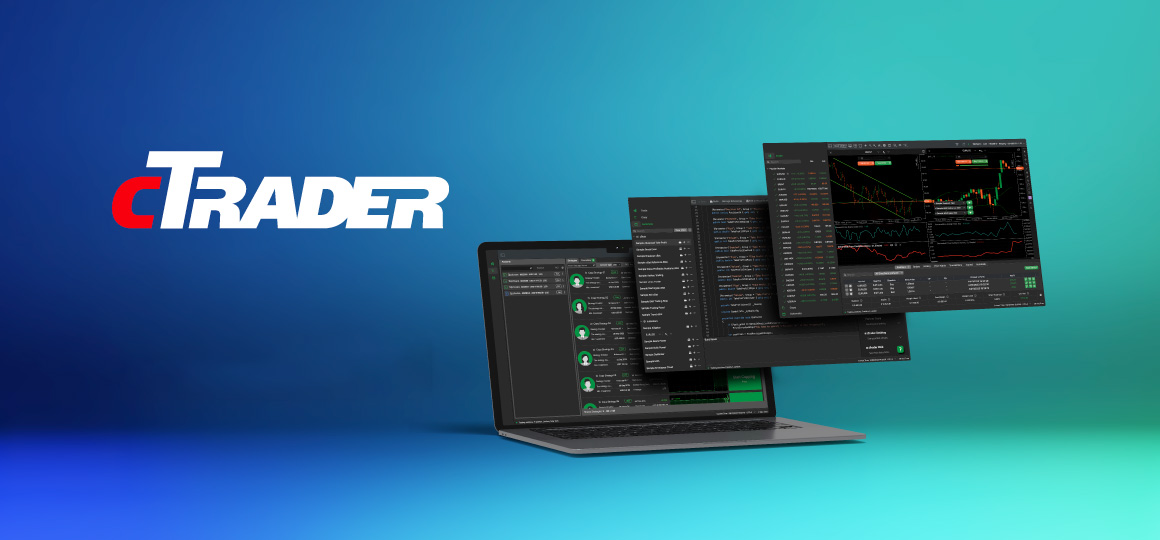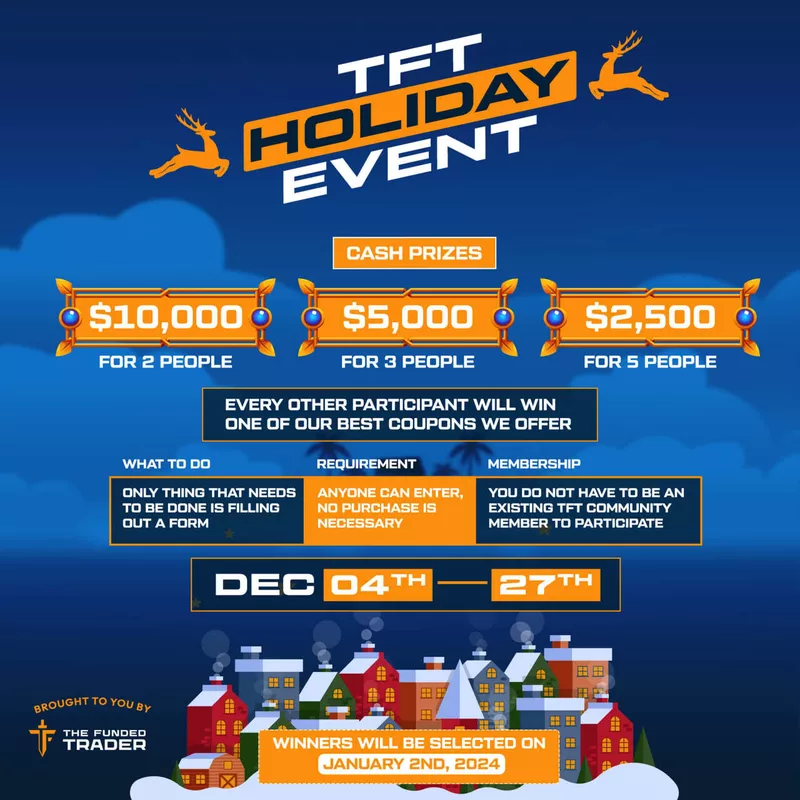Introduction
In the last two quarters, guided by community feedback and a passion for innovation, The Funded Trader has launched transformative products—Knight Pro and Royal Pro—that have reshaped pricing models in the proprietary trading industry. These offerings deliver competitive account terms, frequently at significantly lower costs than common industry standards, driven by consistency-focused rules: Steadfast Gains limits any single day’s profit to 50% of total profits, while The Daily March requires a minimum number of profitable days with a specified profit threshold (e.g., 3 days at 1% minimum profit). These rules promote disciplined trading, aligning with our mission to prioritize sustainable strategies over short-term, high-risk wins.
While these products have boosted pass rates as traders embraced a consistency mindset, they have also highlighted a key challenge: over 71.4% of payout outflows occur on the first withdrawal. This trend indicates that many traders, once Funded, pursue short-term, high-risk strategies, churning accounts and failing to deliver sustainable trading data as intended by our Terms of Service. This paper analyzes the data-driven rationale for adjusting profit split rates and introducing a Bonus Pool, showing how these measures optimize financial stability, reward dedicated traders, and create lasting value for both traders and the firm.
Data Analysis: The Catalyst for Change
Product Impact and Pass Rate Trends
The introduction of Steadfast Gains and The Daily March, embedded in the Knight Pro Challenge (launched October 2024) and Royal Pro Challenge (launched December 2024), catalyzed a significant shift in trader behavior. These products enforced consistency-driven rules: Steadfast Gains caps daily profits at 50% of total profits, while The Daily March mandates minimum profitable days with a specified profit threshold. Historical data from the past two quarters demonstrates their impact:
- Pass Rate Increase: Pre-launch pass rates averaged 5.3% (April–September 2024). Post-launch of Knight Pro, pass rates rose to 9.8% (October–November 2024), and with Royal Pro, they continued to climb (December 2024–April 2025), peaking at 13.1% in April 2025. Monthly data illustrates this trend:
- Behavioral Shift: The sharp increase in October 2024, followed by a steady uptrend, reflects traders’ adaptation to these rules, favoring steady gains over high-risk, sporadic wins. The contrast between pass rates for legacy challenges (re-launched April 2024—i.e., Standard, Rapid, Royal, Knight, and Dragon) and Knight Pro/Royal Pro Challenges highlights the efficacy of consistency-driven incentives:
To ensure these pass rates accurately reflect trader performance, we employ a rigorous, unbiased methodology: Pass Rate = Total Challenges Passed / (Total Challenges Passed + Total Challenges Failed). This formula includes only challenges that began in the analyzed period and have concluded (passed or failed), excluding those still in progress. By tracking challenges from their start date and normalizing for purchase volume fluctuations, we eliminate biases—such as inflated rates during low new account periods or deflated rates during high purchase surges. This approach ensures our data reliably measures trader success, confirming the positive impact of our product innovations.
The success of higher pass rates, however, prompted us to optimize our financial model to support continued growth. Over 71.4% of payout cash outflows were concentrated in traders’ first withdrawals, with 68.9% of Funded accounts requesting only a single payout before ceasing activity or breaching risk parameters. This pattern indicates a focus on short-term, high-risk strategies, where traders pursue quick wins rather than delivering the consistent, sustainable trading data our platform seeks. Faced with this challenge, we had a choice: align with industry practices by tightening drawdown thresholds or imposing stricter “max open risk” rules to reduce pass rates, or innovate to sustain elevated pass rates while improving trader performance and the value of our trading data.
Strategic Response: Tiered Profit Splits and Bonus Pool
Tiered Profit Split Structure
To address high early payouts and short-term trading strategies, we introduced a tiered profit split system:
- 1st payout: 90% profit split, capped at 0.5% of the initial account balance
- 2nd payout capped at 5% of the initial account balance
- 3rd and subsequent payouts capped at 10% of the initial account balance
- Progressive Scale: Increases with approved payouts, reaching 99% after six or more payouts.
- Tier 1: 30% profit split (achieved after 1 approved payout)
- Tier 2: 70% profit split (achieved after 3 approved payouts)
- Tier 3: 99% profit split (achieved after 6 approved payouts)
Bonus Pool Mechanism
Complementing the tiered splits, we launched a Bonus Pool to further reward top performers:
- Structure: A portion of monthly net profits, subject to the firm’s financial performance, is allocated to Tier 5 traders (99% split), distributed based on their contribution to delivering consistent, high-quality trading data that supports our efforts to explore alpha-generating strategies—a core goal for prop trading.
- Governance: Tier 5 traders vote on distribution options—retaining exclusivity, creating a competitive leaderboard, or sharing with Tier 3+ traders—through a transparent, secure process.
Rationale:
- Amplified Rewards: The pool offers potential additional earnings beyond the 99% split, motivating traders to provide disciplined, valuable trading data rather than pursuing high-risk, short-term gains in a simulated environment.
- Balanced Risk: Tying bonuses to net profits aligns rewards with the firm’s financial health, ensuring sustainability without fixed obligations.
Community Empowerment: The voting mechanism engages traders as partners, fostering a collaborative, transparent culture that reflects our commitment to fairness.
Short-Term Trade-Offs vs. Long-Term Benefits
Immediate Considerations
Transitioning from fixed profit splits (e.g., 80%) to a tiered payout system with capped withdrawals may temporarily reduce initial payouts, potentially disappointing traders accustomed to larger first withdrawals. For example:
- Pre-Change: A $10,000 profit at 80% yields $8,000.
- Post-Change: With the new structure, the first payout is 90% profit split but capped at 0.5% of the initial account balance—so on a $100,000 account, the maximum first withdrawal is $450, even if the profit is higher.
The second payout is capped at 5% of the initial balance ($5,000), and third and subsequent payouts are capped at 10% ($10,000 each). While these caps may feel limiting to those seeking quick, large withdrawals, they are designed to promote sustainability and reward consistent performance.
This adjustment may challenge traders prioritizing short-term wins, possibly increasing churn among this group.
Long-Term Value Creation
Despite these adjustments, the data highlights substantial long-term benefits for traders and the firm:
- Enhanced Earnings Potential: As traders achieve more approved payouts, their profit split increases—from 30% after the first payout, to 70% after three, and up to 99% after six or more. For a $100,000 account, reaching Tier 3 means nearly all profits can be retained on future withdrawals, far surpassing what’s possible under a fixed 80% split. This structure rewards dedication and offers a clear path to higher returns.
- Greater Trading Flexibility: Optimized cash flows enable us to relax restrictive trading rules, granting consistent traders more freedom to execute strategies within risk parameters, fostering creativity and skill development.
- Strategic Data Opportunities: Sustained trading generates richer datasets, supporting the creation of aggregated strategies in accordance with our Terms of Service. These datasets enhance our efforts to explore alpha-generating approaches, potentially enabling collaborative trading innovations.
These benefits prioritize traders who embrace consistency, aligning with our vision of a community driven by skill and mutual success.
Commitment to Transparency and Innovation
Our commitment to advancing proprietary trading drives these strategic changes. Unlike competitors who rely on complex offshore structures, The Funded Trader operates with full transparency. In May 2025, the Securities and Exchange Commission concluded its review of our simulated trading model with a termination letter, indicating no enforcement action at this time. This milestone reinforces our dedication to compliance and integrity, strengthening trust with our traders and stakeholders.
Moving forward, we pledge to:
- Engage Actively: Community feedback will shape ongoing refinements, ensuring our platform evolves with trader needs.
- Drive Innovation: Data-driven insights will fuel new products, enhancing the trading experience and maintaining our competitive edge.
- Ensure Sustainability: A robust financial foundation supports a platform that grows alongside our traders, delivering enduring value.
The SEC’s termination letter reflects the status of the investigation as of May 2025 and does not preclude future inquiries.
Conclusion
The tiered profit split structure and Bonus Pool are rooted in a rigorous analysis of trader behavior and financial dynamics over the past two quarters. While initial payout reductions may pose short-term challenges, the progressive split system—culminating in 99% at Tier 3—and the Bonus Pool offer a superior reward trajectory for consistent traders, with potential earnings surpassing traditional models. By addressing short-term, high-risk trading patterns and strengthening our financial core, these changes pave the way for a future where traders enjoy greater strategic freedom, contribute to innovative data-driven strategies, and thrive in a transparent, sustainable ecosystem. This evolution, guided by data and our commitment to fairness, empowers traders who share our vision of disciplined excellence.

























